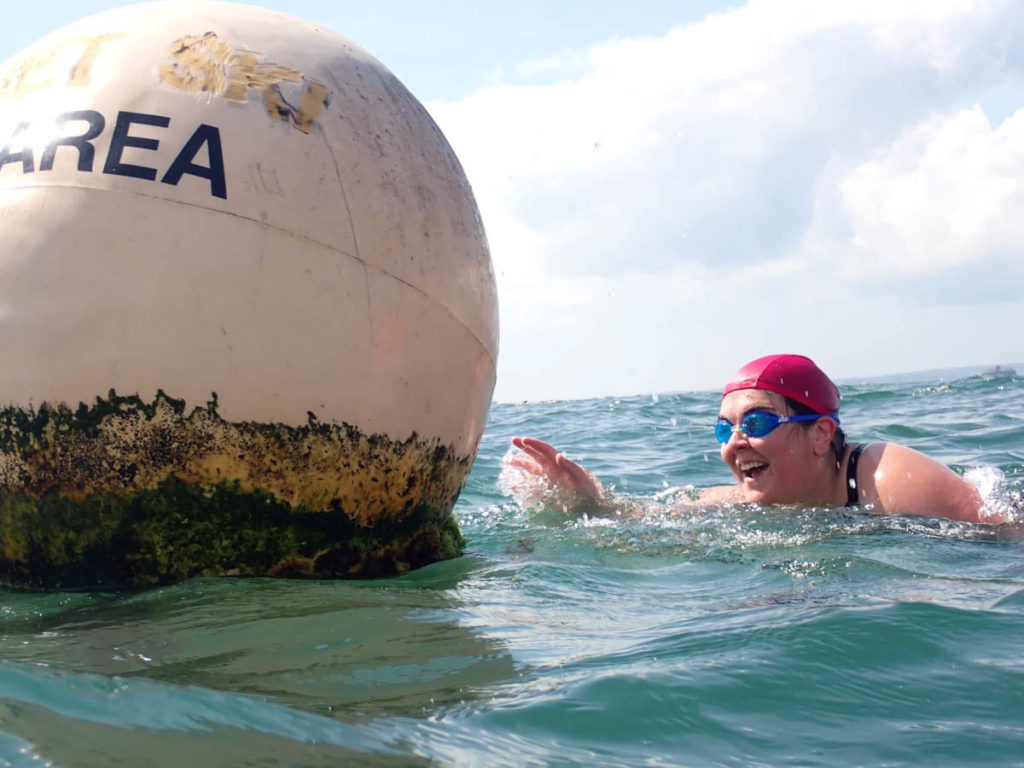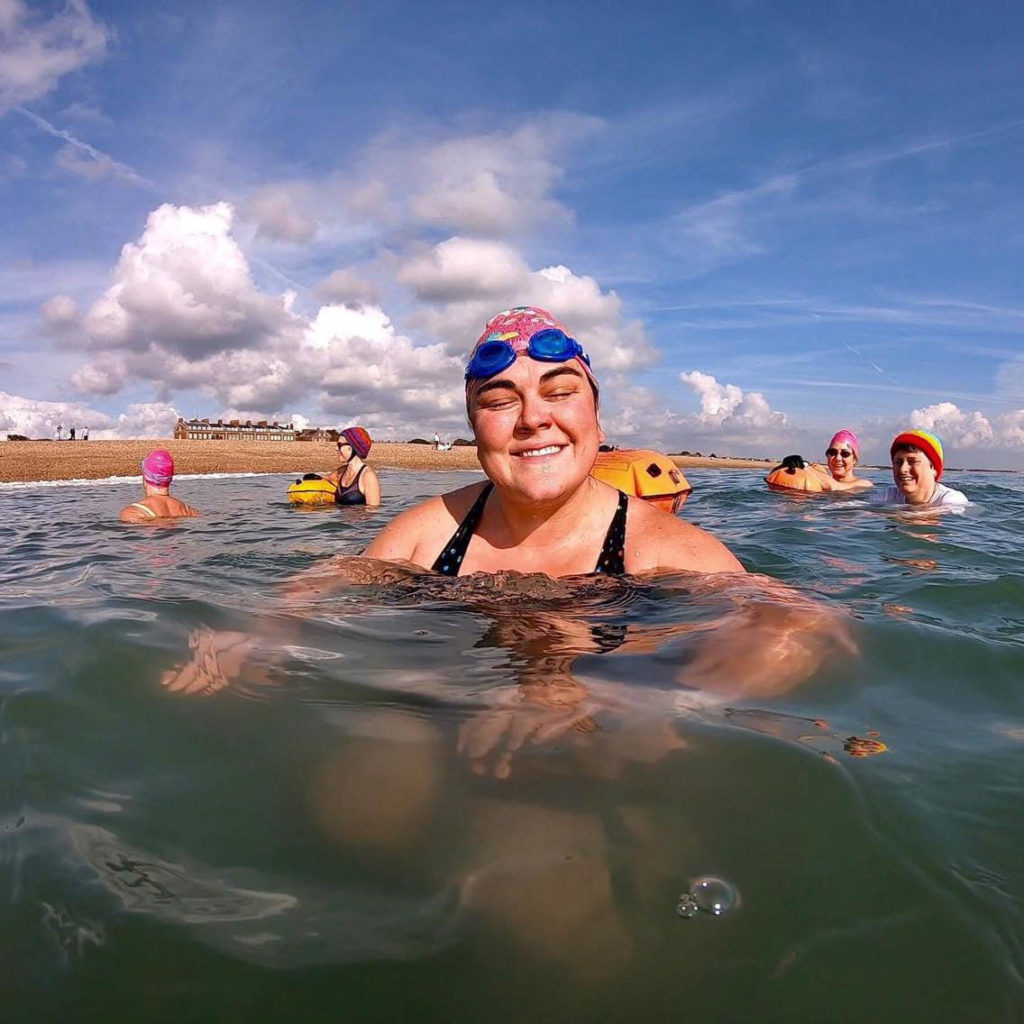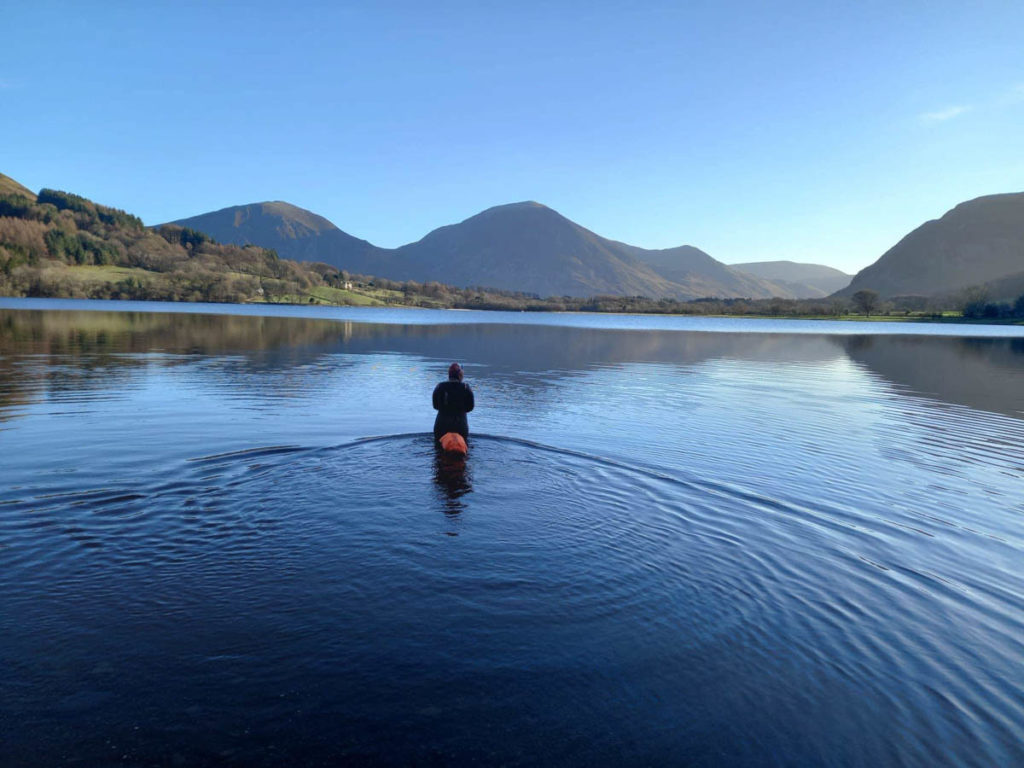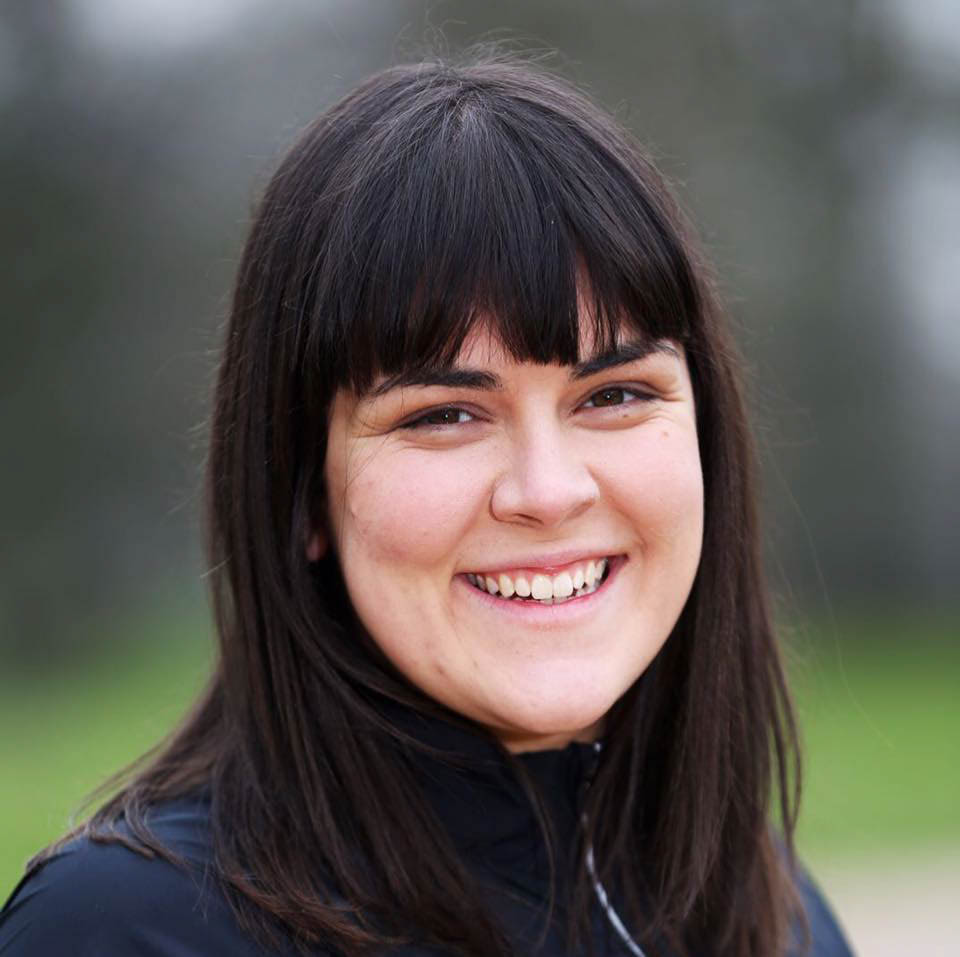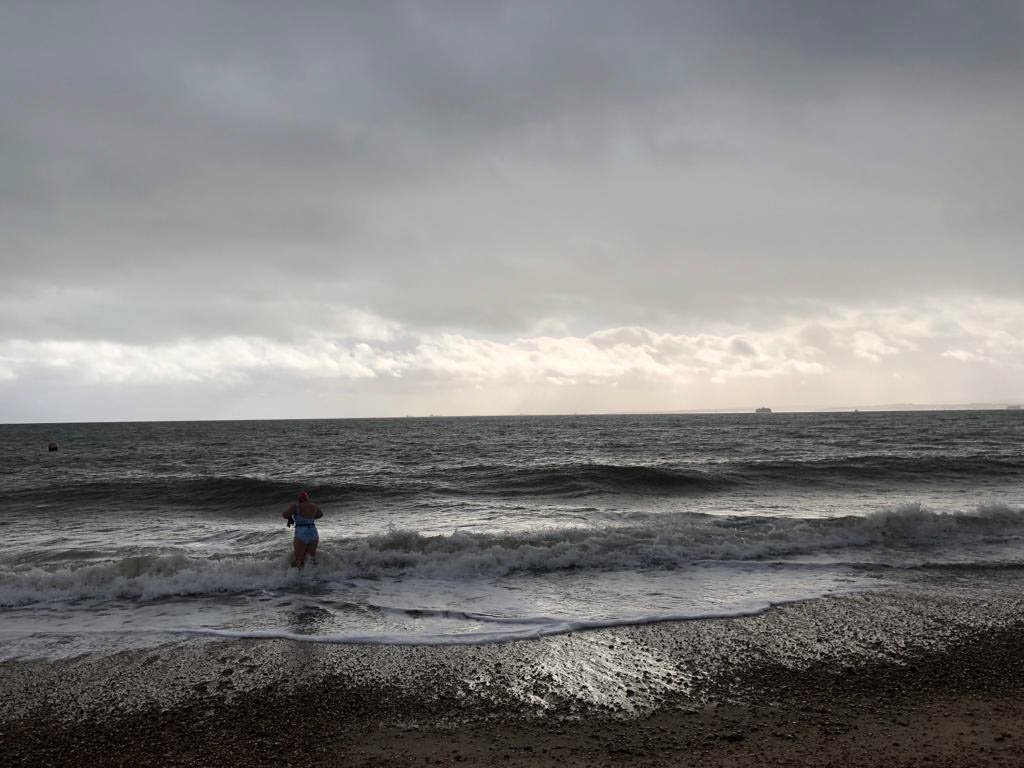When I was 18, just as my friends were finishing A levels and heading off to Uni, my mum put me into my wheelchair and pushed me across the road to feed the ducks. That wiped me out and after all the excitement of duck feeding, it was back to bed for the rest of the day. I had always been a ‘sickly child’- shoulder problems, back pain, asthma, eczema, you name it, we’d been to the GP for it, and I’d ended up crashing out of A levels and into hospital appointments with an ‘inexplicable illness’.
That summer, I had been diagnosed with chronic fatigue. The fact I predominantly struggled with gastro issues and joint pain were, I was told, irrelevant to the diagnosis. I returned to school that September to re-sit year 13, and with a restricted diet and careful pacing, made it through my A levels and off to Uni. Fitness and activity seemed a world completely excluded to me- when even walking to the bus stop after a day of lectures could wipe me out. I dislocated my knee and trapped a nerve in final year, but was told everything was unrelated.
Fast forward 5 years and I had graduated, was working as a teacher, and was stressed. Social media showed that loads of my friends were doing couch to 5 k- so I started too. Suddenly, I was out in nature, calming my thoughts, pushing my boundaries- I loved it! I ran the Great South Run, Man v Horse (as a relay) and was all set for a future of exciting running until- the dislocations returned with a vengeance. The knee was in and out. I taught Y2 SATs prep on crutches in the school hall to comply with our insurance. Shoulders popped and cracked. I ended up with shingles over 25 times in 3 years- all apparently unrelated. The issues made running impossible- I was constantly returning to C25K and recovering from the latest injury. The amazing lower limb physios at St Mary’s hospital told me running may not be the sport for me. I tried walking- 106km round the Isle of Wight, 100km of the Camino de Santiago, but it took its toll on my knees and ankles.
Finally, in January 2020, I got a diagnosis. EDS (Ehlers Danlos Syndrome)- a congenital issue with the connective tissues. It’s EDS awareness month in May, and you can learn more about the condition here. The joint pain, the recurring skin issues, the gastro problems were all related, and now I knew what it was. The pandemic followed close after- and I was cast adrift. I couldn’t run, so I walked for miles around the city and across the common, but nothing was challenging me, pushing me or giving me the sense of achievement I got from running. Even worse, working from home was causing havoc with my spine and neck. Migraines became a common occurrence, and I was often ending the day popping prescription pain medication and trying to uncurl my back across a gym ball from the spasms I got in my work chair. My anxiety was peaking and my body was breaking.
Spring 2021 came and I was lying on the gym ball, stretching my back out when I saw an advert for a swim study being undertaken by the University of Portsmouth, for beginners to open water swimming. Before I knew what I was doing, I found myself expressing interest in an email. Because of my EDS, next was an ECG to make sure I would be safe in the cold water. Heather, the researcher, came to my house, masked up due to covid, and checked me over. The cat watched, and my nerves at not being able to join in messed up the first reading. I breathed, we ran it again, and everything was fine. I was good to go.
The swim course changed my life. Our incredible coaches Tori and Bec gently and gradually introduced us to the sea, the tides, the currents, acclimatisation and the utter irrelevance of underwear after a sea swim. I made great friends, and met my swim buddy CP with whom I proceeded to swim through the winter, as he completed the gold polar bear challenge and I (with neoprene socks and gloves) completed the penguin.
The unexpected outcome of my introduction to sea swimming was the almost immediate and lasting impact it had on my health and pain levels. Whereas running had always caused me more pain (but I loved the endorphins and subscribed to a somewhat ‘no pain no gain’ mentality), swimming in cold water felt like it turned my pain levels right down. With 3 or 4 swims a week, I weaned myself off the naproxen, watched the migraines drop from multiple per week to one every few months, and felt my mental health bolster and begin to recover. The sea quickly became my restorative reset point, and I couldn’t imagine returning to my indoor, achy, oppressive pre-swimming pandemic existence.
Then in October I became aware of the impact that sewage discharges were having on the Solent. My mood swung between anger (at Southern Water for doing this, legally, all the time) and fear- what if I had to stop swimming? What would I do in winter when all the lidos were closed? What would restarting and staying on pain medication do to my liver? What about my friends from the swim course who were immune-supressed?
I set up Stop the Sewage Southsea in October 2021 and we’ve been working ever since, to put pressure onto Southern Water to stop dumping sewage, on government to change legislation and on Portsmouth City Council to do more to keep swimmers safe and to reduce rain water going into drains. There is still so much to do, but we now have a core team of activists and are planning for a summer of campaigns.
On Christmas Eve, in one of my swim groups I saw someone share a flyer looking for people to swim the Solent to raise money for Surfers Against Sewage. Immediately, my interest was piqued! A cause that I’m passionate about and a challenge that terrified me but felt just on the very periphery of ‘doable’? It had to be worth a go! Tori, one of the swim group leaders, had spoken about doing this swim and how much she’d enjoyed it. I clicked and signed up before I could change my mind. My co-leader for Stop the Sewage, and all-round open water swimming legend Rachel Whitfield also signed up.
It’s been quite the journey training- 2 nasty chest infections over winter, a sub-laxed knee and a huge armpit abscess caused by saltwater chafe have all been overcome, and now with 6 weeks to go, I just completed my longest training swim to date- 3 km. I’ve been working with an incredible swim coach, Mike Porteous, who supports disabled swimmers and has been incredible at modifying my training plan to keep me in the water and swimming when different joints have been protesting the training.
I couldn’t be more excited for my first physical challenge since diagnosis. On 9th July I’ll be swimming not only for the protection of the beautiful Solent from sewage pollution, but also in honour of the thousands of other EDS patients who are not able to swim, walk or engage with nature in the way that I am so lucky to be able to.



